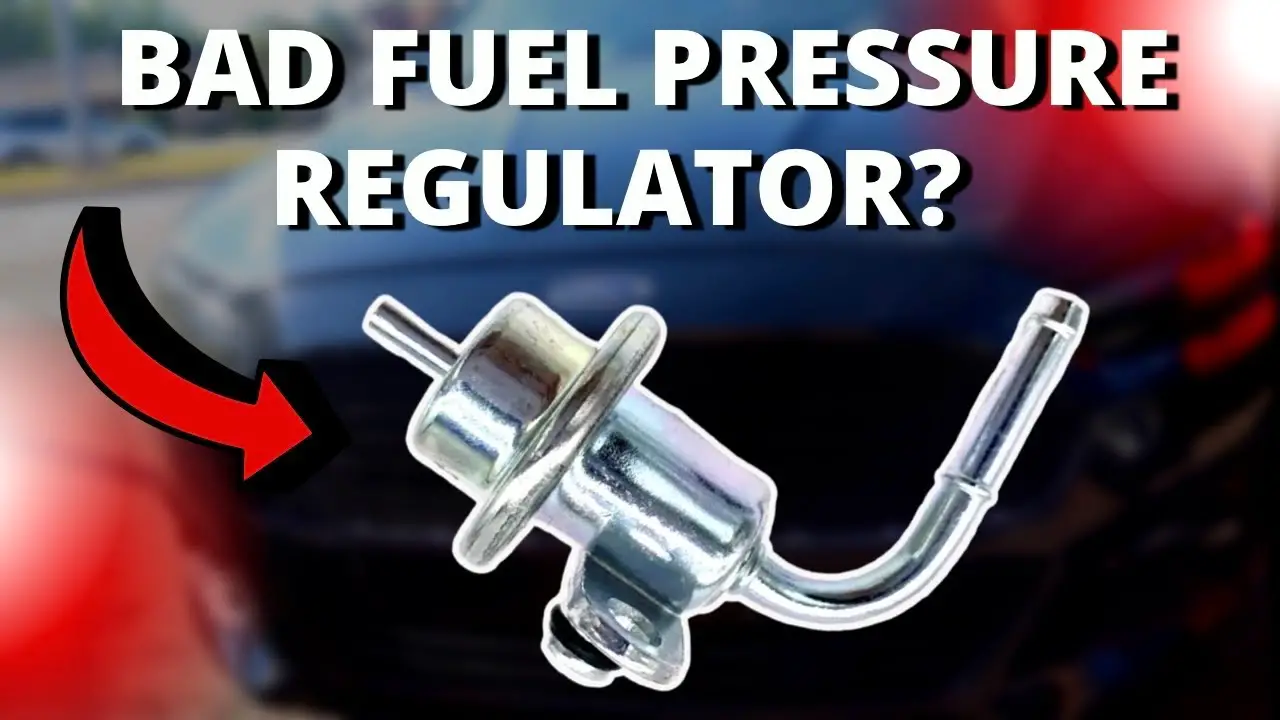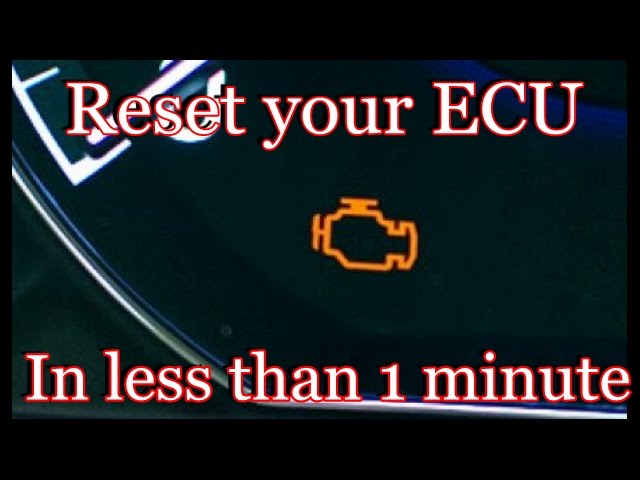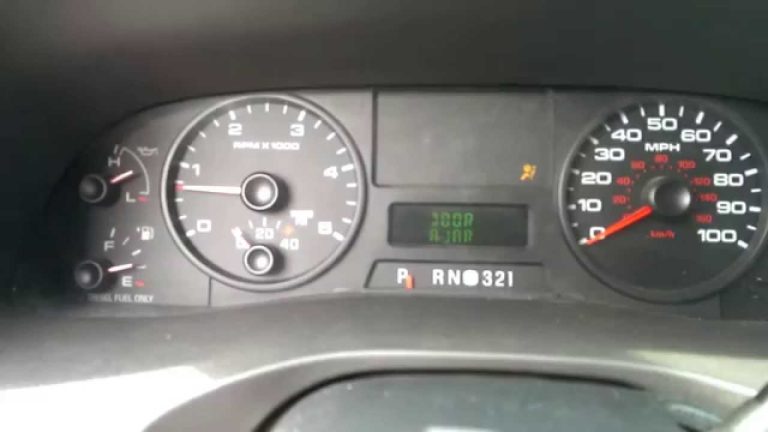Symptoms of a Bad Fuel Regulator
As a responsible car owner, it’s crucial to be aware of the signs that could indicate a problem with your vehicle. One such issue that often goes unnoticed is a faulty fuel regulator. The fuel regulator is a critical component of your car’s fuel system, and when it malfunctions, it can lead to a range of performance issues. In this article, we’ll explore the common symptoms of a bad fuel regulator and discuss how to recognize them.
What Does a Fuel Regulator Do?
Before delving into the symptoms of a bad fuel regulator, it’s essential to understand its role in your car’s fuel system. The fuel regulator is responsible for maintaining a consistent and optimal fuel pressure to the engine. It achieves this by regulating the flow of fuel returning to the fuel tank, ensuring that the correct amount of fuel is delivered to the engine for combustion. A malfunctioning fuel regulator can disrupt this delicate balance and lead to various problems.
Common Symptoms of a Faulty Fuel Regulator
Recognizing the signs of a bad fuel regulator can help you address the issue before it escalates into a more severe problem. Here are some of the most common symptoms to watch out for:
1. Poor Fuel Economy
A noticeable decrease in fuel efficiency is often an early indicator of a fuel system issue, including a bad fuel regulator. If you find yourself visiting the gas station more frequently or your fuel gauge seems to be dropping faster than usual, it could be due to an irregular fuel pressure caused by a faulty fuel regulator.
2. Black Exhaust Smoke
Excessive black smoke coming from your exhaust pipe can be a sign of incomplete combustion, which may be linked to an imbalance in the fuel mixture. A failing fuel regulator could be delivering too much fuel to the engine, causing it to run rich and produce the dark, sooty exhaust emissions.
3. Engine Performance Issues
A bad fuel regulator can lead to a range of performance problems, such as rough idling, stalling, or hesitation during acceleration. These issues arise from an inconsistent fuel supply to the engine, disrupting its ability to operate smoothly and efficiently.
4. Fuel Leaks
Leaking fuel is a clear indication of a malfunctioning fuel system component. A faulty fuel regulator may cause fuel to leak from the regulator itself or from the fuel lines connected to it. Any signs of fuel leaks should be promptly addressed to prevent safety hazards and further damage to the vehicle.
5. Check Engine Light
When the onboard diagnostics system detects irregularities in the fuel system, it may trigger the check engine light on the dashboard. While this light can indicate various issues, a bad fuel regulator is among the potential culprits, and it’s advisable to have the vehicle diagnosed by a professional mechanic to pinpoint the exact cause.

Credit: www.dubizzle.com
How to Diagnose a Bad Fuel Regulator
If you suspect that your vehicle is exhibiting the symptoms of a bad fuel regulator, it’s essential to confirm the diagnosis before proceeding with any repairs. A thorough inspection and diagnostic process can help determine whether the fuel regulator is indeed the source of the problem. Here are some steps to diagnose a faulty fuel regulator:
1. Visual Inspection
Start by visually inspecting the fuel regulator and its connecting components for any signs of damage, corrosion, or leaks. Pay close attention to the fuel lines and fittings, as well as the regulator housing, to identify any potential issues.
2. Fuel Pressure Test
One of the most effective ways to diagnose a bad fuel regulator is to perform a fuel pressure test. This involves connecting a pressure gauge to the fuel system to measure the pressure at various engine operating conditions. A significant deviation from the recommended fuel pressure range can indicate a problem with the fuel regulator.
3. Vacuum Test
Many fuel regulators rely on engine vacuum to function properly. Conducting a vacuum test can help determine whether the regulator is holding vacuum as intended or if there are any leaks in the diaphragm that could affect its performance.
4. Professional Diagnosis
If you’re not comfortable performing these diagnostic tests yourself, it’s best to take your car to a qualified mechanic or automotive service center. They have the expertise and equipment to conduct a comprehensive inspection of the fuel system and diagnose the root cause of any performance issues.
Frequently Asked Questions Of Symptoms Of A Bad Fuel Regulator
What Are The Common Symptoms Of A Bad Fuel Regulator?
A bad fuel regulator can result in poor fuel economy, black smoke from the exhaust, and engine misfires.
How Does A Bad Fuel Regulator Affect Engine Performance?
A bad fuel regulator can cause rough idling, stalling, and difficulty starting the engine.
What Are The Potential Risks Of Ignoring A Bad Fuel Regulator?
Ignoring a bad fuel regulator can lead to severe engine damage and decreased fuel efficiency.
How Can I Diagnose A Faulty Fuel Regulator?
You can diagnose a faulty fuel regulator by checking for fuel leaks, performing a fuel pressure test, and inspecting the vacuum hose.
Conclusion
Understanding the symptoms of a bad fuel regulator is crucial for maintaining the overall performance and reliability of your vehicle. By being attentive to the signs of a malfunctioning fuel regulator and promptly addressing any issues, you can prevent more significant problems from developing and ensure that your car continues to operate smoothly. If you suspect that your vehicle is experiencing fuel system issues, don’t hesitate to seek professional assistance to diagnose and resolve the problem before it escalates.



